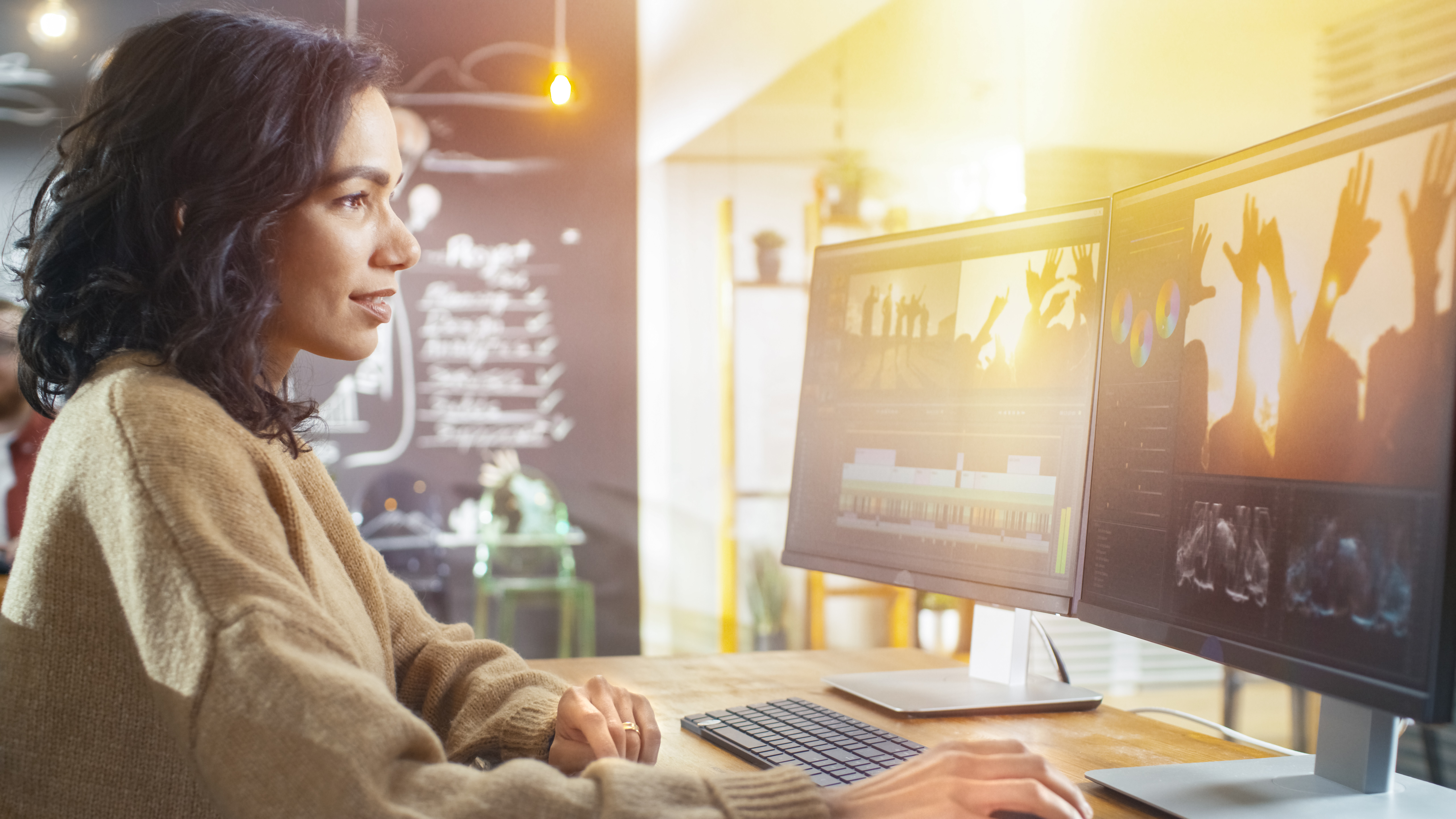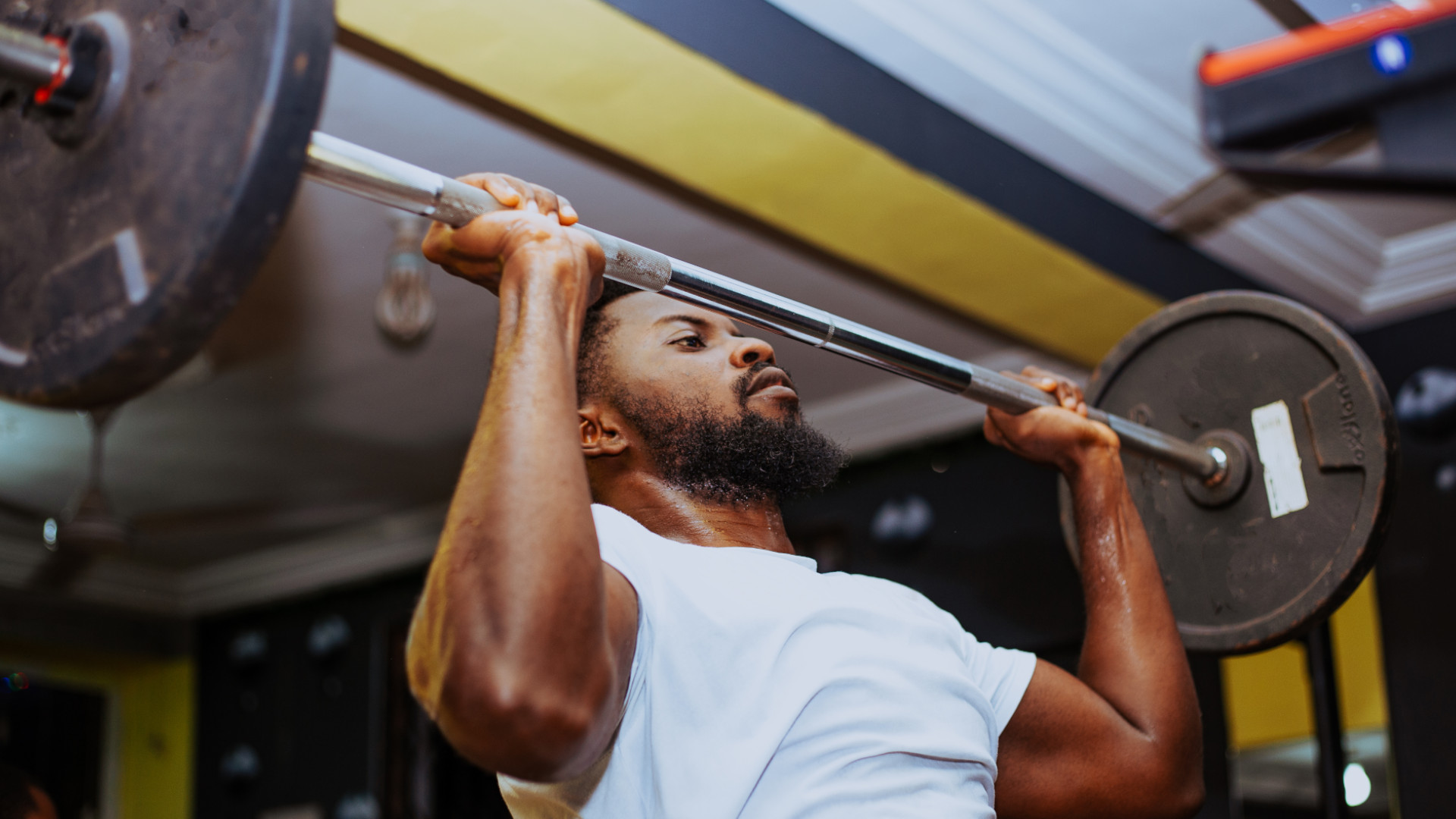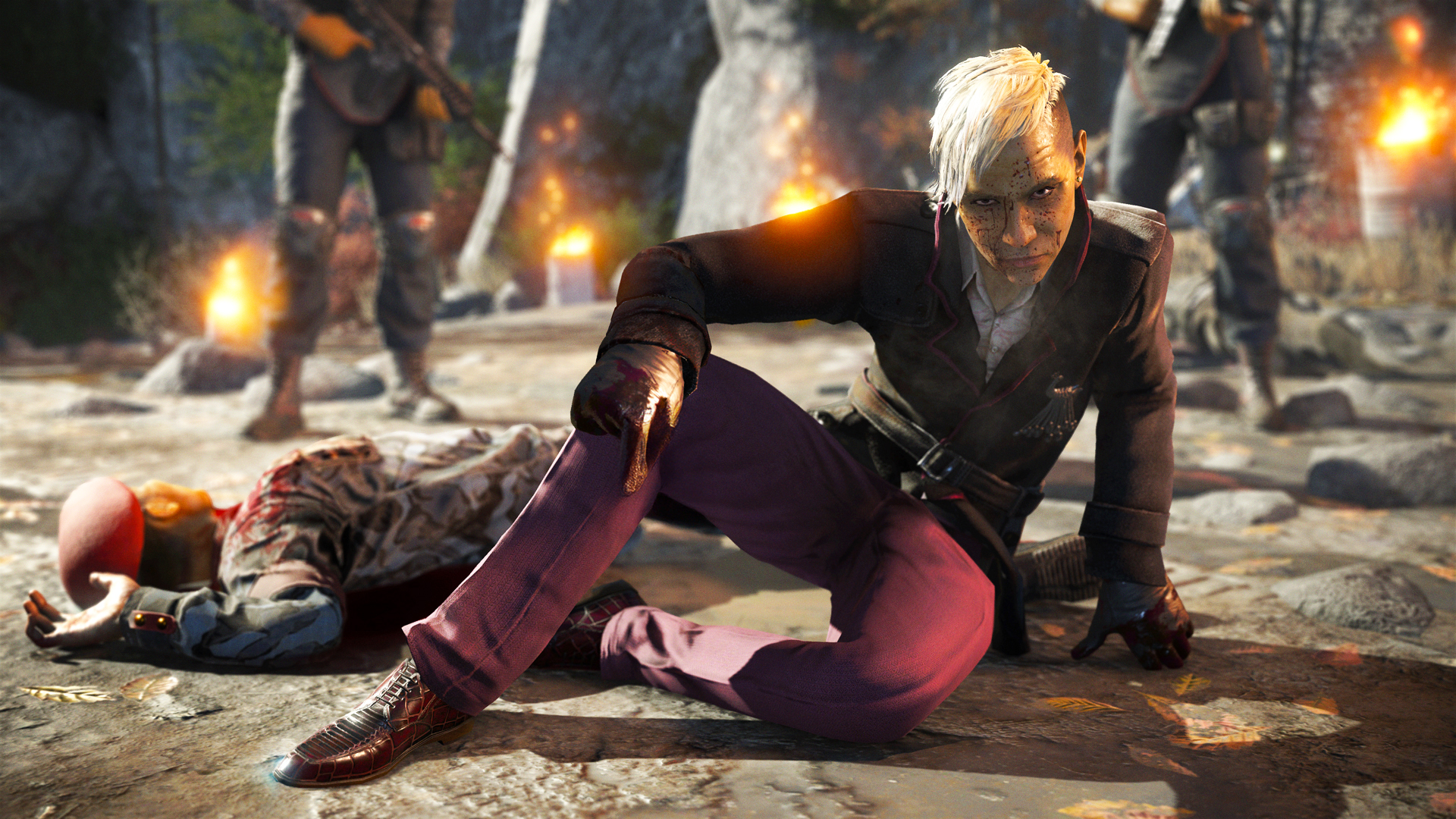
Video editing can be a delightfully rewarding hobby, or even a way to make money if you're interested in pursuing that path. Modern video editing software means you've got pretty much every tool a professional filmmaker has just waiting for you to unleash your creativity on it. All you need to do is have a plan about what it is you're going to make.
So what are some tips for new video editors, what are the first things to know that can save you time and effort when you come to make your first video and unleash it on the world? Here are five handy video editing tips.
1. Shoot for the edit
One of the biggest hurdles you'll face when you start to make any kind of video is either that you have way too much footage or a terrifying lack of clips.
How you plan this and how much you shoot will depend on the kind of video you're making. But let's say you're reviewing a mobile phone and you have a piece of you talking to the camera explaining the features. You will need to have plenty of 'B roll' footage of the phone itself to use as cutaways to explain what you're saying or simply to disguise a cut where you messed up your script. It's too easy to underestimate how much of this you need, and re-using a clip twice looks bad - so plan ahead.
If you're making a short movie, make sure you've planned every shot in advance and ticked them off as you go through the shoot. The worst feeling in the world is sitting in front of your edit software and realising you're missing something. It's also dangerous to overshoot too, as it makes for a much more arduous edit. But it is alway better to have more footage than not enough.
If you have time when you're recording, it's also worth stopping the camera when you know you got a good take, that way you'll know that the best stuff will be at the end of any clip.
2. Get a second monitor
When you're editing you probably can't have too many monitors to help you. Professional editors will always have one screen, often a TV, connected to their computer so they can see how the end product will look. You might not need to go this far, but two monitors will give you some options.
Sign up to the T3 newsletter for smarter living straight to your inbox
Get all the latest news, reviews, deals and buying guides on gorgeous tech, home and active products from the T3 experts
For example, you might want to focus your main screen on just the timeline so you can have more on screen at once. You can then use a second screen for things like playback previews and some of the fine controls that let you tweak the look. You might also set up specific workspaces depending on what you're doing. Audio editing, for example, might have its own set of tools that you focus on once the main edit is done. The same is true for adjusting colour, known as grading, which you'll probably want to do only once the editing itself is complete.
Monitor choice can make a huge difference, so check out our best 4K monitors article if you need help picking a new one out.
3. Learn the keyboard shortcuts
One of the biggest timesavers is effective shortcut use. Every piece of editing software is different, but you can usually customise what keys do what. Learning the shortcuts or setting up your own will allow you to get edits done far faster than using menus.
How you manage keyboard shortcuts is a matter of personal preference. As a bare minimum you'll want to be able to play and pause, as well as jump forward and backwards in your timeline. Editing often involves replaying one small section to get the perfect cut point, and you'll find that much harder to control with a mouse or touchscreen.
For things you do often, it's also worth considering macros. These are key combinations you can program to perform a set of tasks at the touch of a button. You could make a number of visual tweaks for example, or quickly insert a set of audio settings to quickly improve sound.
Investing in a good keyboard can be a big help, one with macro keys is a great idea. The Corsair K100 is expensive, but is solid for this sort of work. We have a good round up of the best gaming keyboards which could all be suitable as well. With RGB keyboards you can also set up colours to remind you of what keys do. For example assigning red to playback controls and green to shortcut keys.
4. Don't overdo effects
There are so many options for making your edit look incredible but the best advice is to keep things simple. This is especially true when you're starting out as the temptation is to try clever things to make your video looks as good as possible.
Learn the basics of editing first and then add in complexity later, if you think it needs it. Simple cuts are better than transitions in almost every single type of video. That said, don't let rules hamper your creativity. Star Wars famously uses wipes to join scenes, and it's a look that has persisted in those films ever since. If you've got a good idea, give it a try and see what happens.
But remember when you're editing that it's really, really easy to get lost messing around with things that won't add much to the finished product. Think about your audience, what looks good to you might be irksome to them and irked people tend to stop watching your work.
5. Don't forget about sound
It's called video editing, but without sound you're losing at least half of your message. And it's way too easy to forget about sound and while you may only have a small budget there are some great things you can do with sound in the edit to make your video much better.
Most important, check your levels for consistency. You want to avoid loud music if possible and make sure that everyone speaking in a video is the same volume. Too many creators don't pay attention to this and it makes listening to videos really hard work, especially as hearing varies wildly from person to person.
When you're done editing, take a look at the audio waveform in your editing software. Your goal is to try and have some consistency throughout and to make sure there aren't very loud parts and very quiet sections. It's okay to make the music a touch louder, but don't go crazy.
If you don't have great sound recording equipment, you can use a phone as a microphone, they're often pretty good quality if you're in a tight spot. Syncing them is usually easy, just make sure you're recording video, then start the audio recording. When you've done that, clap and you're able to match the two in your edit by pairing the visible peak in the audio waveform to the on-screen action of clapping. It's called a sync-clap, and it can be really helpful.
Ian has been involved in technology journalism since 2007, originally writing about AV hardware back when LCDs and plasma TVs were just gaining popularity. Nearly 15 years on, he remains as excited about how tech can make your life better.
-
 The 5 most efficient exercises for adding strength and size
The 5 most efficient exercises for adding strength and sizeExercise Scientist Dr. Mike Israetel says these are the lifts you should prioritise if you want to get jacked and strong
By Bryony Firth-Bernard
-
 One of the best villains in gaming is coming to Xbox Game Pass for free
One of the best villains in gaming is coming to Xbox Game Pass for freeAll Game Pass subscribers are getting one of the best single-player shooters of the decade
By Rik Henderson
